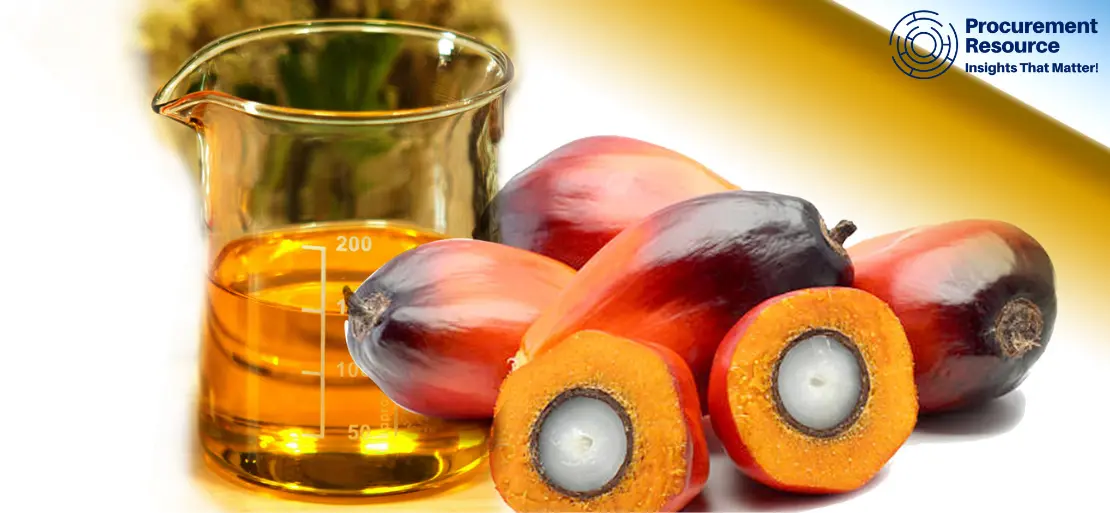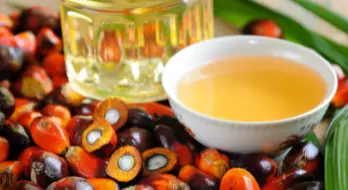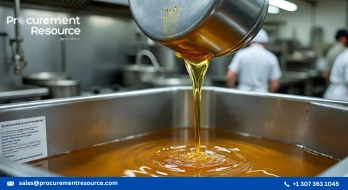Malaysian Palm Oil Prices to Recover in 2019

Palm oil is primarily a variant of vegetable oil that is derived from the mesocarp of the fruit of the oil palms. Being a saturated type, this oil provides several advantages that makes it one of the most preferred vegetable oils among consumers.
Multiple studies have confirmed that palm oil has the power to reduce stress, boost brain health, fight heart diseases, improve skin health and increase Vitamin A in the body. Hence, palm oil undoubtedly enjoys a high position among health-conscious people around the globe.
The countries situated in the tropical belt are the primary producers of palm oil. However, not all countries are able to produce it as the plantation of the same requires certain specifications regarding climate conditions. Malaysia and Indonesia are the two major producers of palm oil in the eastern part of the world. The production scores so high that both countries have the capacity to export to the other parts of the world.
The determinants of the price component
The price of palm oil has a direct connection with the economic and trade dimension of the world. Some of the vital factors that decide the price of palm oil are - productions with respect to supplies, the exchange rate movements, the number of exports and the volume of business in a year. According to the statistics, the last three years have seen a steady pace in palm oil prices.
However, the forecasts say that the prices are expected to show a better and moderate pace during the year 2019. The lower production levels, uncongenial weather conditions and withering plantations have been the primary reasons for the low palm oil prices in the Malaysian market. Contrary to this, the Indonesian palm oil prices have managed to maintain a steady pace so far.
Positive aspects that are expected to stabilize the prices
It has been firmly stated in many market predictions that as India is suffering from a lowered level of oilseed production, the demand for importing the seeds will be higher in the coming years. This will surely help in pegging up the prices of palm oil.
India is one of the major importers of palm oil from Malaysia and the demand is anticipated to inevitably increase in the year 2019. India, with an expectation to increase its oilseed import by 15.15 million tons in 2019, will account for 10 million tons for palm oil only.
Though the demand has already been assured, the supply chain needs confirmation as well. Malaysia is expected to register a growth in the production level of palm oil. Since the new plants are maturing, the overall production is sure to experience a boost.
Though there is always a bunch of old and withering plants involved that eats up the bandwidth of production potential nonetheless, the net production is still expected to rise. Accounts show that the output is expected to rise by approximately 2 million tons, thereby increasing the export volume by 0.5 million tons.
Although the prices of palm oil has been wavering in the last three years, with a favorable weather condition and fast maturing plantations, they are expected to show a recovery in the year 2019.



